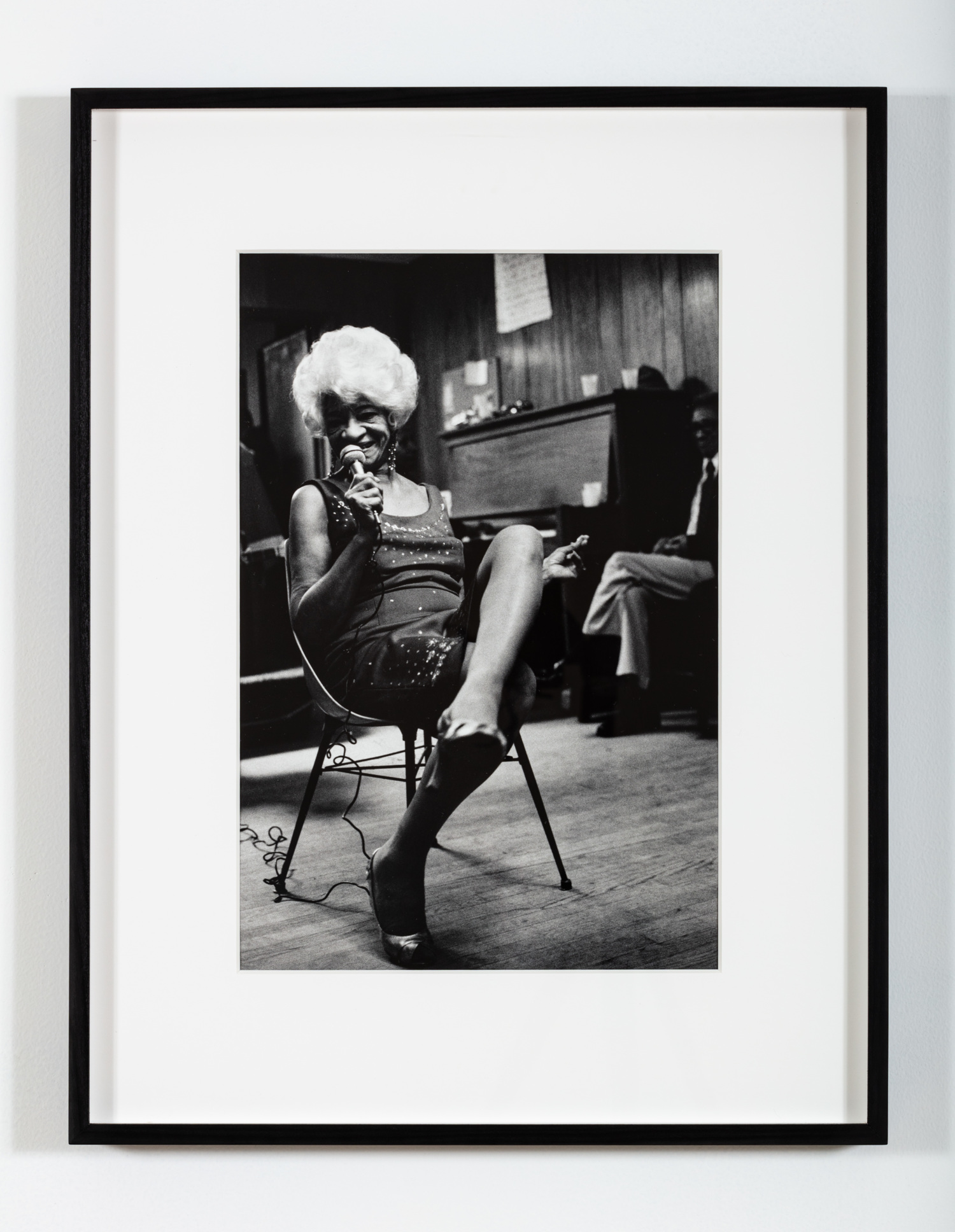Martine Barrat, The French Photographer Capturing Historic Harlem

The French Photographer Capturing Historic Harlem
by Marissa Matozzo
This year, NYC is fighting two pandemics at once. The iconic city has endured immense grief, from the deaths of over 23,000 New Yorkers to tragedies that inspired a racial justice reckoning. 2020 is historic for a city that seems to have seen it all and looking back on its history can be comforting when considering how much it has overcome. Old New York brings to mind specific iconography — vintage yellow cabs, bustling crowds, glistening skyscrapers — but what about its people?
While there may not be one clear image of what a New Yorker looks like, legendary French photographer Martine Barrat has certainly met and captured all the characters in the city for more than 40 years that helped make it as eccentric and idiosyncratic as a place can be.
With a striking 20-photograph exhibit at Miami’s Nina Johnson gallery, Barrat shares images from a career that has documented everything from uptown street style to intimate portraits of New Yorkers’ daily lives in years past. PAPER caught up with Barrat to discuss her longstanding bonds with subjects in these photographs, emotions provoked by black-and-white photography and, ultimately, why New York is her forever home.
In 1968, Barrat’s life changed forever — she arrived in and fell in love with New York. Initially a dancer based in France, Barrat was discovered in Edinburgh, Scotland by experimental director Ellen Stewart. She granted her a plane ticket to perform at Stewart’s theater, La MaMa Experimental Theatre Club, a renowned figure in the East Village. Since then, Barrat’s life has centered on her friends and chosen family in Harlem and the South Bronx, and she continues to grow close to those she captures.
“These images are so much a part of me and my experiences inside these communities that it’s difficult for me to determine the best of them,” Barrat says of the exhibit. “My pictures are sewn into a powerful emotional involvement I have with these individuals.” With the assistance of Chuck Kelton and Nina Johnson, the images were chosen with the hope of “presenting a small group of photographs that represent the depth in these bodies of work,” Barrat continues.
Although the 20 photos are from previous decades, they still encompass the energy and spirit of countless New Yorkers. The exhibit offers a glimpse into the lives of Black Americans, their personal relationships, their walks to work and, of equal importance, their style. Whether it’s a centered shot of a boxer preparing to enter the ring or someone applying lipstick using a car door mirror on the street, Barrat knows how to seize and showcase the essence of her subjects in action, without requiring them to pose.
“The people in these photographs call me ‘The Picture Lady,'” Barrat says. “They have seen me in their neighborhoods for decades. I know when there’s a funeral and will often bring photographs I have taken (of the deceased) to the families. I know the children from the ’70s who are now parents or grandparents.”
Explaining her close, authentic presence in these communities, Barrat continues: “This is my life, I’m an active participant, not an outsider with a camera watching a community. I’m not a voyeur. I am present in these lives, sharing love and stress and parties and dreams. I have never revisited, I am still present on these streets. This is where I love to be. This is my home.”
While 19 of Barrat’s images are black-and-white, one, Untitled, is in color. Barrat has a particular affinity for black-and-white photography and says it contributes an emotional depth like no other. “I have used color [in photographs] occasionally, but there is an emotional character or drama to black-and-white film and prints that affects me deeply,” Barrat says.
Through this exhibit, Barrat hopes her viewers will recognize that the communities she has photographed promote peace in a time where it’s hard to escape chaos. “I am happy there, I am at peace there. I love the communities,” she says. “We are all looking for the same thing: a life of love and joy and peace, of mutual respect with the ability to grow old in comfort in an unthreatening environment.”
She concludes, “These pictures are about love and respect.”